Oregon Outback: the event that changed all-road bikes

It’s hard to believe that the first Oregon Outback, that incredible 363-mile gravel race, was just five years ago. It’s almost like we live in a different world now, so much has changed…

Back then, the idea of running a race that traversed the entire state of Oregon from south to north – on gravel roads! – seemed completely outrageous. So seemed the idea of riding the entire distance non-stop. And the idea of riding a road bike on these gravel roads. More than one rider told me at the start that they were astonished to see me on my Rene Herse for this grueling event. I am sure Ira Ryan, on his Breadwinner B-Road, heard similar comments.
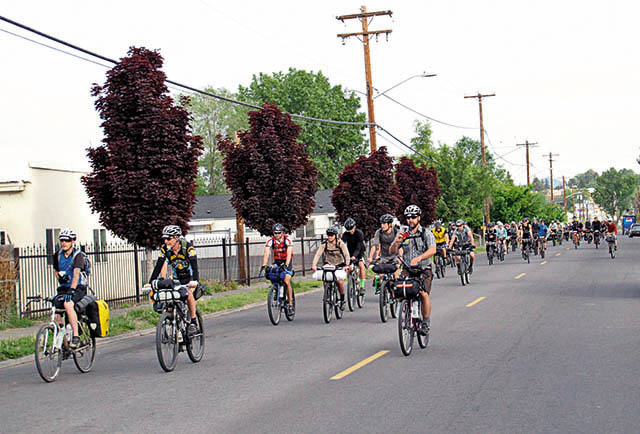
A joyful crew rolled out of Klamath Falls on Memorial Day weekend in 2014. Most were on mountain bikes equipped with bikepacking gear. Nobody knew what to expect. Would it take two days or a whole week to reach the Columbia River at the other end of the state? There were few options for bailout; there was no support – this was a real adventure.

It did not take long for the race positions to shake out. By the time we reached Switchback Hill (above), there were three riders at the front. Ira Ryan was the favorite, having won the Trans Iowa race in his home state. He was riding on 35 mm tires – which was considered wide! Another strong racer was on a mountain bike. He had opted for narrower 700C tires. I was on the widest rubber, with our just-released 650B x 42 Babyshoe Pass Extralights.
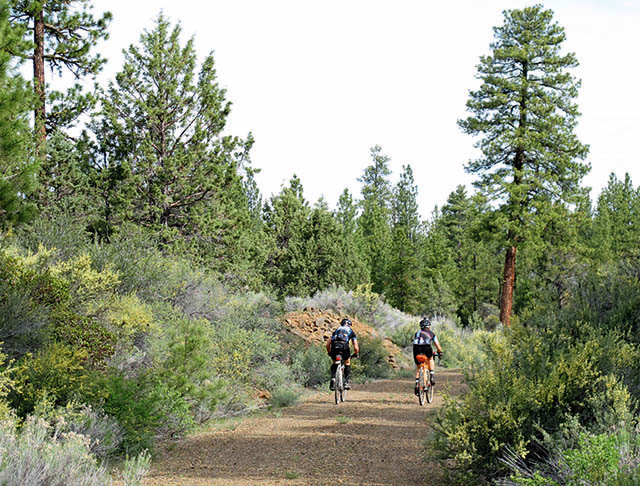
I couldn’t match the speed of the other two, not helped by a broken hand that was still in a brace… With almost 300 miles to go, I settled into my own pace.

As the day wore on and the ground got softer, I could see Ira’s tracks swerving wildly from side to side. There was only one set of recent tracks, so I knew that the second rider had abandoned by now… Even on my 42 mm tires, I was struggling. And yet, on the (even softer) edge of the road, I could see the tracks of two mountain bikers who had come through here a few days earlier. Their wide tires had enabled them to ride in a straight line…
A few hours later, I reached one of the three towns on the route, where I met Ira Ryan’s camera crew. I learned that he was just 15 minutes ahead. Even though I had struggled on the loose surface, I had made up a lot of time – probably because my tires were wider.

The solitude of the long day on the road gave me time to think. I remembered how the Paris-Dakar Rally had fascinated me as a teenager. I could see parallels to the Oregon Outback: In the early Dakars, competitors used 4×4 trucks, which seemed the best vehicles to traverse the deserts of northern Africa. Then Porsche developed a four-wheel-drive version of their 911 sports car and won the Dakar in their first attempt (above).
Here in the Oregon Outback, it was obvious that the wide tires of mountain bikes provided an advantage on very loose gravel. Yet it was also clear that the mountain bikes themselves were holding back their riders on what really were roads after all. For the Dakar, Porsche had allied four-wheel drive with sports-car performance. Could we do the same and combine the wide tires of a mountain bike with the performance of a road bike?

By the time I climbed Antelope Hill, I had a plan: We’d take our all-road bikes beyond the 42 mm-wide tires that we’d been riding until then. I was certain that ultra-wide road tires would transform our bikes’ performance on gravel and other loose surfaces.
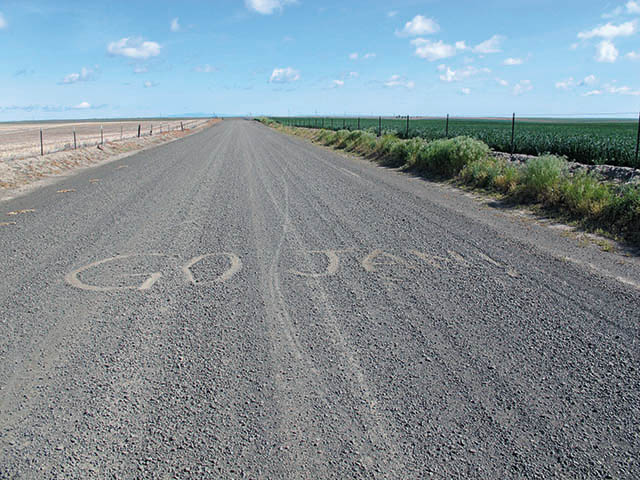
The last miles of the race went by in a blur. When I saw that Ira had written “Go Jan!” into the gravel, I knew I was on the home stretch. (Thank you, Ira, for encouraging me!)

After losing much time in the middle of the night – I back-tracked for more than an hour to make sure that I was on course – there was no hope of catching Ira. (He was faster anyhow!) My goal now was to finish in 30 hours. I redoubled my efforts and let the bike fly on the descent to the Columbia River.
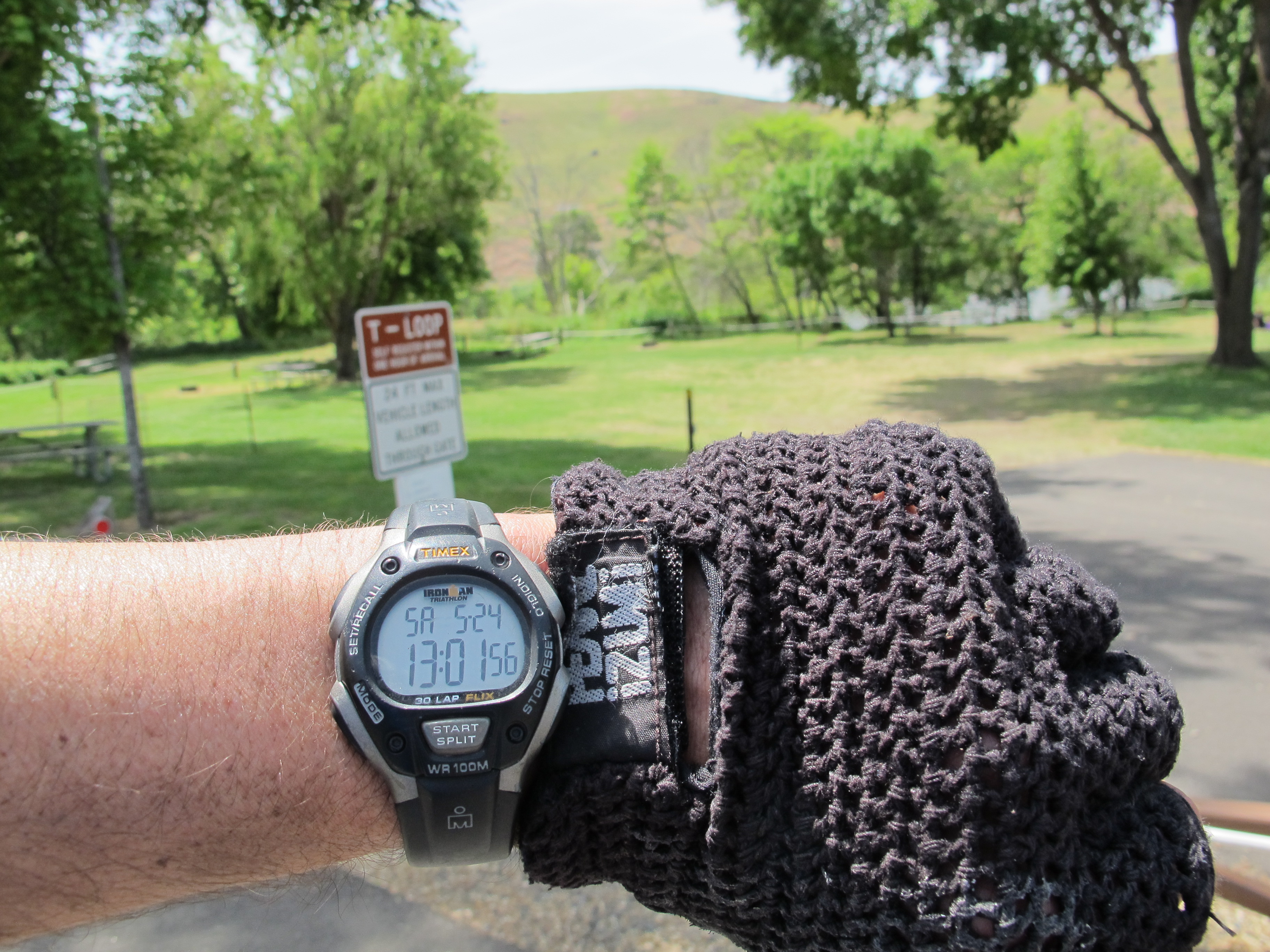
I made my goal – and took the photo above after realizing that there was nobody at the finish. But I also wondered how much faster (and more fun) the ride would have been on wider tires.

Back in Seattle, I went to work on making road bikes with ultra-wide tires. My only concern was that nobody had ever ridden supple road tires that wide. Would they even be rideable? Or would the wheels bounce down the road like basketballs? Before we invested in tire molds, we needed to test this. So I asked the engineers at the factory in Japan (who makes our tires) to make prototype tires with our Extralight casing, using a mountain bike tire mold. A few weeks later, eight completely hand-made tires arrived. Now we had super-supple knobbies, but we wanted road tires.
The next step was to send the prototype tires to Peter Weigle, the famous framebuilder and constructeur. Years ago, he built a machine to shave the tread off tires, before we offered wide high-performance tires with just the right amount of tread. Peter shaved off the knobs to turn our prototype tires into slicks (above). The result were probably the most expensive bicycle tires ever made, but now we finally had 54 mm-wide, supple, slick tires that we could test.

Alex Wetmore had a 26″ bike that fit tires this wide, his Travel Gifford. We borrowed it and installed the new tires. If you look carefully, you can still see where the knobs were on the prototype tire above. It’s hard to describe our excitement: We were about to try something completely new.
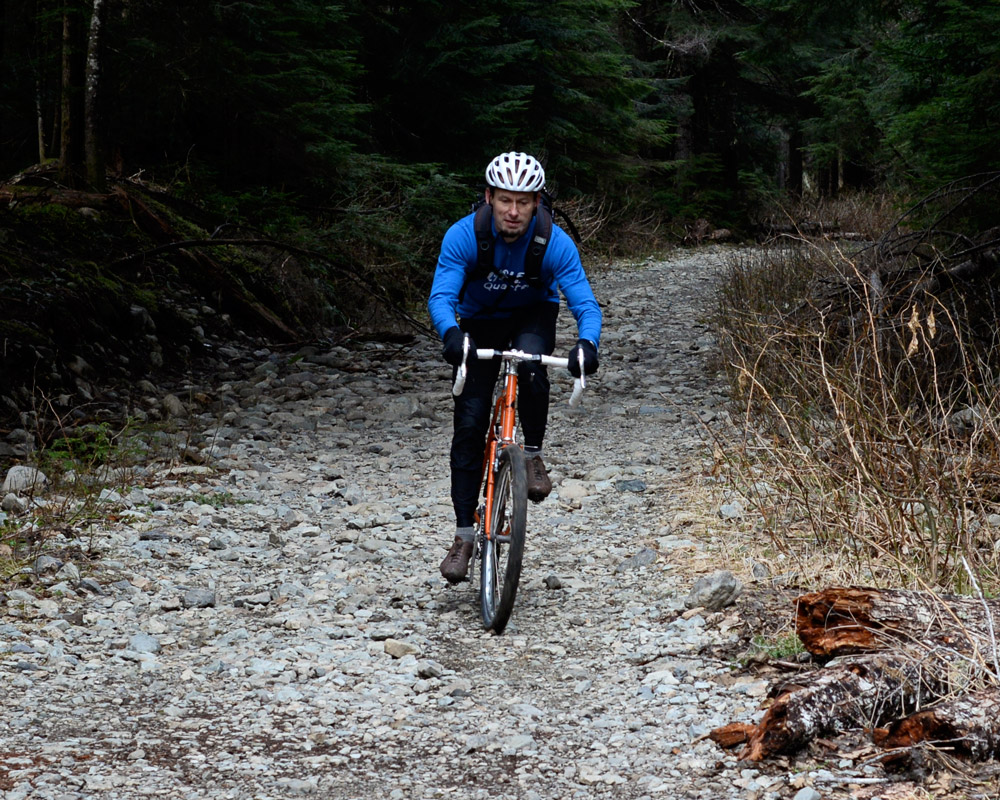
Then we started testing the new tires. On gravel, the 54 mm-wide tires were amazing. The bike just cruised over stuff that would have meant serious ‘underbiking’ on 42 mm tires. It was fun!

What surprised us even more was the new tires’ performance on pavement. The grip was just incredible, both because there was so much rubber on the road and because the soft, supple tires no longer skipped over bumps. On this difficult descent in Leschi, you usually have to be cautious and brake for the bumpy turns. With the new tires, we pedaled as hard as we could, yet we weren’t able to reach the limits of grip. Did I say the testing was fun?
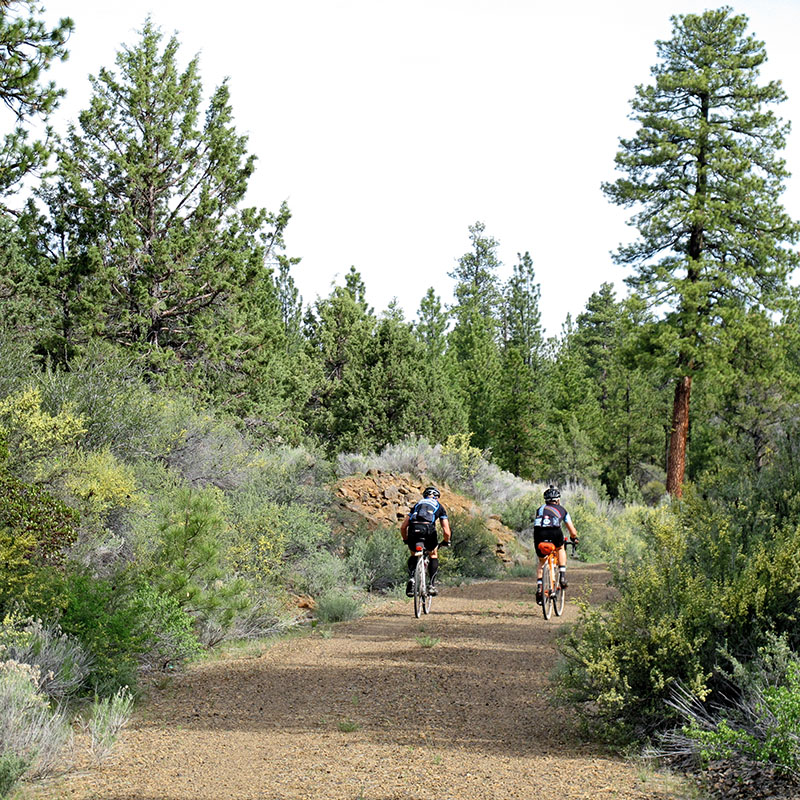
Knowing that the ultra-wide road tires worked as well as we had hoped, we ordered molds for two new tires: the Rat Trap Pass 26″ x 2.3″ and the Switchback Hill 650B x 48 (above). Both were revolutionary at the time, by far the widest high-performance road tires anybody had made in more than half a century. (Some very early pneumatic tires had been quite wide, too.)

There were no road bikes yet for such wide tires, so we worked with Firefly to make us a custom titanium road bike designed around the 26″ Rat Trap Pass tires. We took it to 13,000 ft (4000 m) on the Paso de Cortes in Mexico (above), where it performed even better than we had hoped. (Testing the new tires was definitely fun!)

26″ wheels make sense for tires this wide, but the 650B wheel size had more traction at this point – that is why we introduced tires for both wheel sizes. The next step was obvious: Bike makers needed an inexpensive OEM tire before they could commit to making bikes for tires this wide. As a small company specializing in high-performance components, this wasn’t something we were equipped to do.
Fortunately, others were taking note of our pioneering work. In 2016, WTB launched its Byway tires. Now there were ultra-wide 650B road tires at OEM price points. Bike manufacturers were quick to act, and before long, almost every bike maker designed bikes around this tire size. Today, the size introduced with our Switchback Hill tires has become a new industry standard.

It’s hard to believe that all this started just 5 years ago, with the first Oregon Outback, that incredible 363-mile gravel race.


